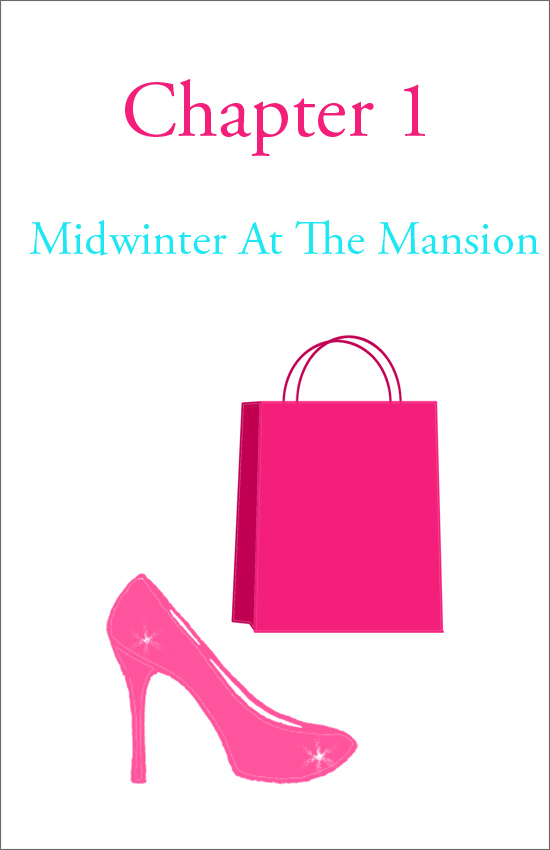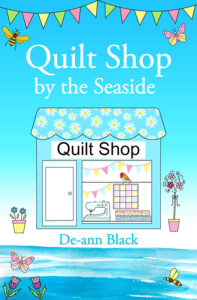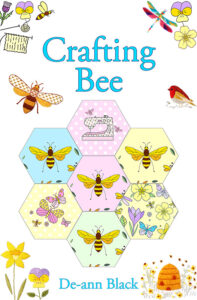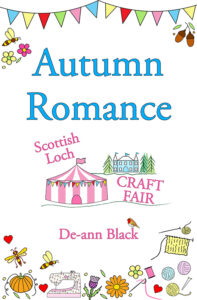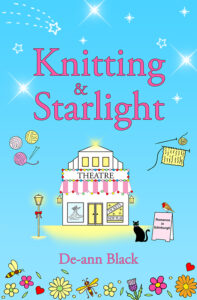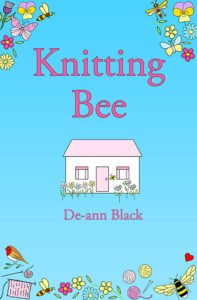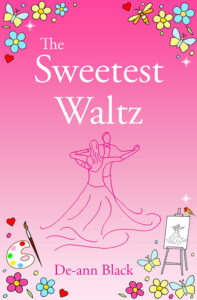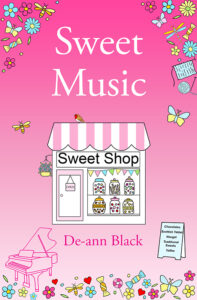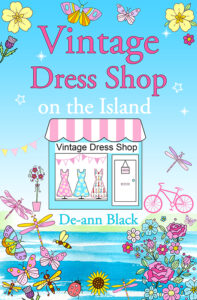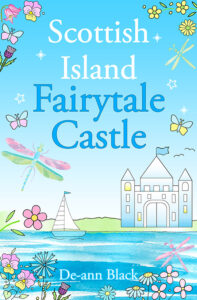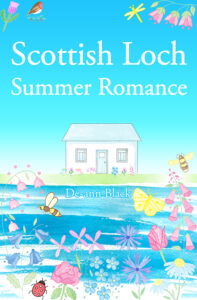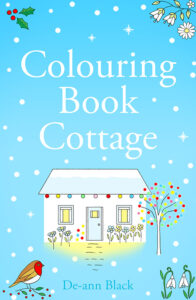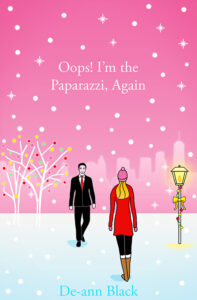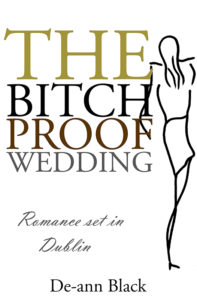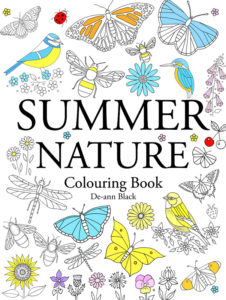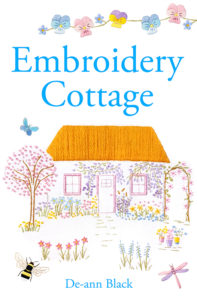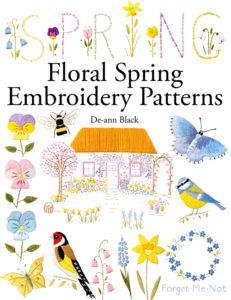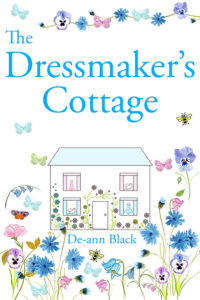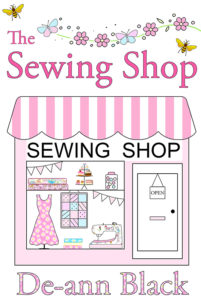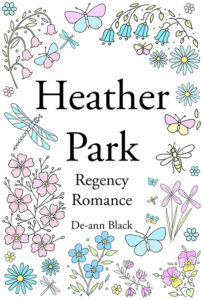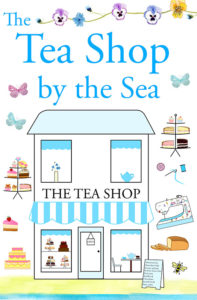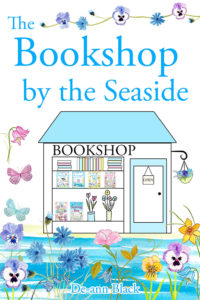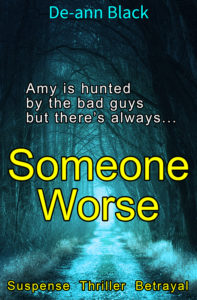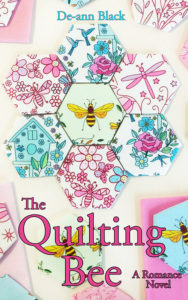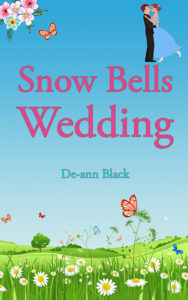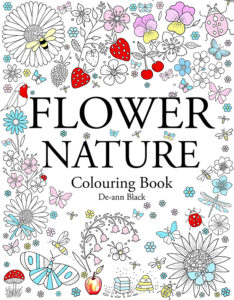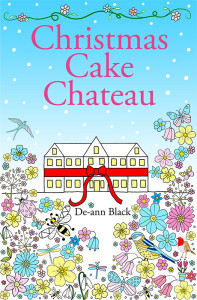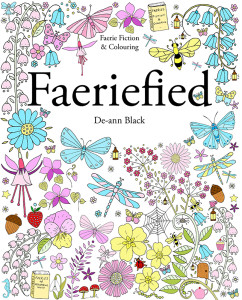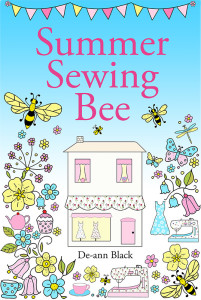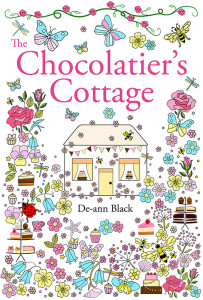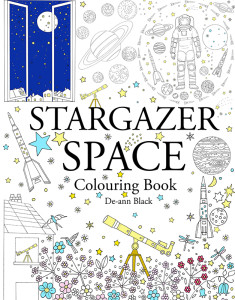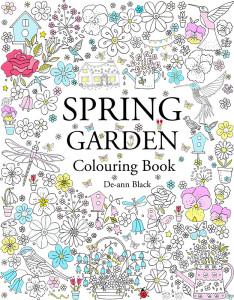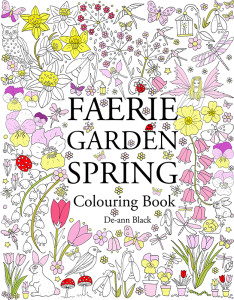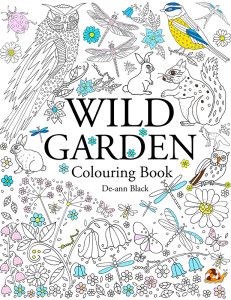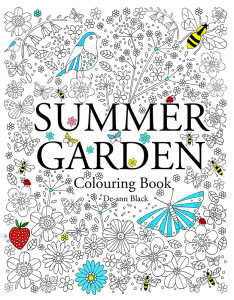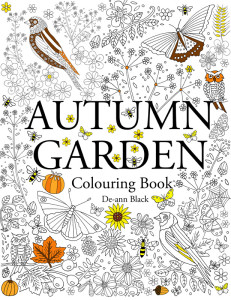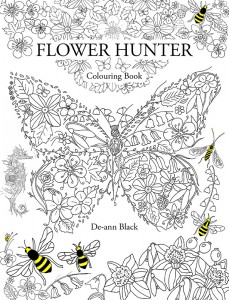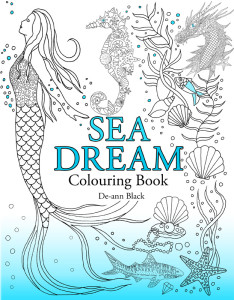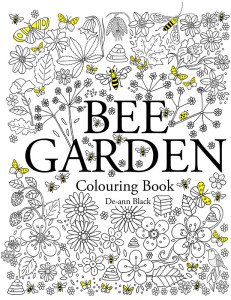The mansion had enjoyed a few heydays in its time. The early 1900s, the twenties, and the late forties. Set in acres of beautiful Scottish countryside, the nearby town had eventually closed in on it.
The town recently applied for city status since its population had increased to several times its original count. The mansion was now the only green charm square on the thriving urban quilt. Even the silver birch trees had their borders pruned until the green paled into the seams of the present.
Out of town shopping, bedding centres, DIY outlets and a large supermarket with plenty of parking had encouraged businesses to spring up around the edges of the mansion until it seemed churlish not to join in and become part of the present rather than remain quietly in the past.
A lovers’ lane, that local legend stated had been touched back in the mists of time by faerie magic, boasted a high number of long lasting romances from those who’d wooed there in the leafy lane. The lane bordered part of the mansion’s substantial gardens, and the previous owners were renowned for their happy marriage, encouraging gossip that the magic had extended to the mansion itself. But in recent years the mansion had fallen into mild disrepair, somewhat neglected, less than it might have been if still occupied by people who loved it and each other.
A wealthy developer who owned a construction company purchased the mansion and transformed it into a gorgeous shopping experience complete with boutiques within the high ceiling, triple floor property. His name was Mr Feingold.
The sweeping staircase and atrium became the centre focus, and all the rooms, from the vast ballroom to the various bedrooms that had housed both residents and staff back in its historic past, were lovingly modernised, and yet in keeping with its unique styling, retained some of the beautiful elements of its past; the cornices, the tiled flooring, the marquetry tables, wood panelling, the chandeliers and fireplaces.
Each boutique was carefully selected to create the right overall experience. Fashions ranged from tea dresses, high fashion clothes, designer wear, preloved fashions, and shoes and handbags with prices to suit every pocket from expensive but worth it to easily affordable and secondhand items for those who wanted to look stylish for less.
A wedding dress boutique, White Ribbons, opened, along with a perfumery, cosmetics shop, bespoke tailors and a shop brimming with umbrellas. One of the shops sold sea glass jewellery, and leaves from the trees on the grounds of the mansion were coppered and bronzed and made into brooches.
A hairdressing salon tucked neatly into a niche on the top floor. Customers took the glass lift up and came back down later looking chic.
A glass atrium built along the outside length of the mansion leading on to the gardens was light and airy, with soft carpeting. It housed a fashion boutique and various other clothes shops.
A fireplace in the Christmas shop added real warmth and charm. Three other boutiques had fireplaces retained from the original mansion including the bookshop.
The bookshop stood in a part of the mansion that had once been the library. The bookshop’s decor included wallpaper specially printed with copies of hand written manuscripts from bygone authors or those keyed on old fashioned typewriters. Yet the bookshop was on the cutting edge of technology and embraced the thriving electronic book market, allowing readers to download the latest novels on to their reading devices. Architectural bookshelves from the original library had computer screens that displayed the work of new novelists — the perfect blend of past and present.
A small computer shop settled on the middle floor, and the young owner, a tall, slim chap, custom built computers with enough neon and cathode lights inside the transparent cases to intrigue even the most hardened technophobe.
An art shop on the ground level sold all sorts of art supplies and displayed artwork on the walls. If you’d ever wanted to dabble in gouache rather than watercolours you could try your hand at this at the craft area before purchasing.
A traditional tearoom, fashion cafe, and coffee shop were included in the mansion.
The 1940s themed tearoom on the ground floor opened out on to the gardens where the gazebo had become a florist’s shop. The tearoom served morning and afternoon tea, and specialised in own–made lemon drizzle cake, teacakes and classic Victoria sponge, and had a strawberry and flower art decor.
The mansion’s fashion cafe with its modern white and silver decor was housed on the upper level. It looked light and bright as snow on a sunny winter’s day. The cafe was situated between a high fashion boutique and the preloved dresses, opposite White Ribbons and the shoe and handbag niches. Shoppers loved the trend–setting cafe where even the sprinkles on the cakes sparkled like stars.
A cosy coffee shop was sandwiched between them on the middle floor, and provided a comfortable setting for a shopping break and chatter.
To further tempt the taste buds there was the chocolatier, couture cakes and a boutique bakers. Again, all price ranges had been catered for. An expensive chocolate wedding cake could be purchased from the chocolatier but chocolate lovers could enjoy a few of his handmade fondants for a reasonable price. A treat to take home after shopping.
Near the chocolatier was the sewing boutique filled with a vast array of threads, trims, fabrics and gold plated needles that made sewing feel that little bit extra special. Like sewing magic and richness into the hems. Customers could pop in during the day and learn how to cut a pattern, put in a zip, adjust a pleated hem, those tricky things that hobby sewists love to learn. People could simply drop in, and pick up tips for a minimum cost. The sewing boutique was invariably busy and this brought its own success.
Others businesses heard about the new venture and opened boutiques there, leasing them from Mr Feingold.
Feingold had created a great shopping experience.
It was built on hope. Against the grain of the recession. Hope that if people built something wonderful, other people would come there to enjoy everything it offered. And it offered everything shoppers could wish for.
Feingold charged a fair price to rent one of the boutiques. This allowed the businesses to pass this benefit on to their customers by keeping their prices reasonable. But he mainly provided hope, that extra something, apart from the boutiques for lease within the mansion.
People brought hope with them. And it was working. Feingold’s dream had become a reality.
Customers were welcomed to the most wonderful shopping experience where romance and hope merged with high heels and fashion. He’d even provided an online magazine, a monthly issue, packed with the latest fashion news, recipes, and gossip, and this helped spread the news about his new venture locally and further afield. It had already started to become a tourist attraction.
The grounds retained the trees, silver birch, a great oak, chestnuts and white maple that looked magnificent in winter covered with snow and frost. That’s why he’d chosen to launch officially in the heart of the winter season. At Christmas.
He’d built it up during the autumn, hoping it would work, and planned to launch when most boutique spaces within the mansion were up and running. By the second week of December he was ready. They were busy now every day, a bustling hub of festive cheer, open early until late, popular with those who shopped at the large supermarket and other out of town outlets nearby, and with shoppers who’d come to enjoy the experience. And a little romantic magic.
There was talk that women were shopping there in search of love, perhaps to meet the man or their dreams, and so within the gossip and chatter of the tearoom, cafe and coffee shop the saying emerged — shopping for men. Even if it was only window shopping and not actually taking one home gift wrapped.
By some wonderful twist of fate, the majority of the men who leased the boutiques were handsome, charming or intriguing, which was an asset in itself and brought a hint of glamour to the enterprise. That’s not to say a plain or unfortunate man would not be welcome to set up his business. No, it was simply how things had worked out.
There was also talk of couples on the verge of splitting having their relationships mended after shopping there. Whether wishful thinking had healed any rifts could not be estimated, but enough couples had found happiness within a tense phase of their togetherness to warrant a feature being written about three such couples in the press.
A canopy of giant proportions that looked like wispy white bubbles provided a cover around part of the outside leading on to the gardens. The idea was that when it rained, shoppers could still enjoy a breath of fresh air while staying dry on rainy days, which were a virtual guarantee in this area of the world. But rainy days could be great, nurturing to the soul, especially as shoppers could also enjoy a delicious handmade chocolate treat from the gorgeous, sexy and handsome chocolatier, Jaec Midwinter.
This is Midwinter’s story in Shopping for Men.
Shopping For Men At Christmas Sample |
